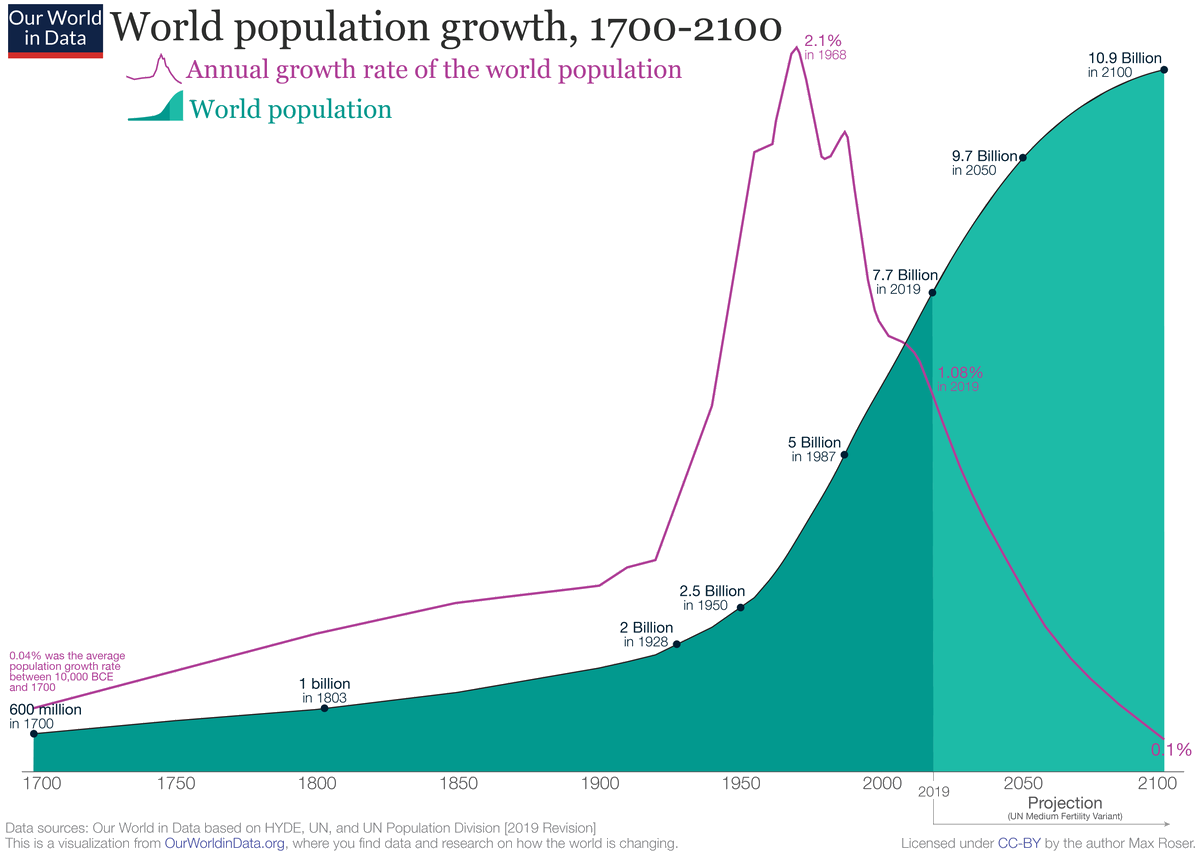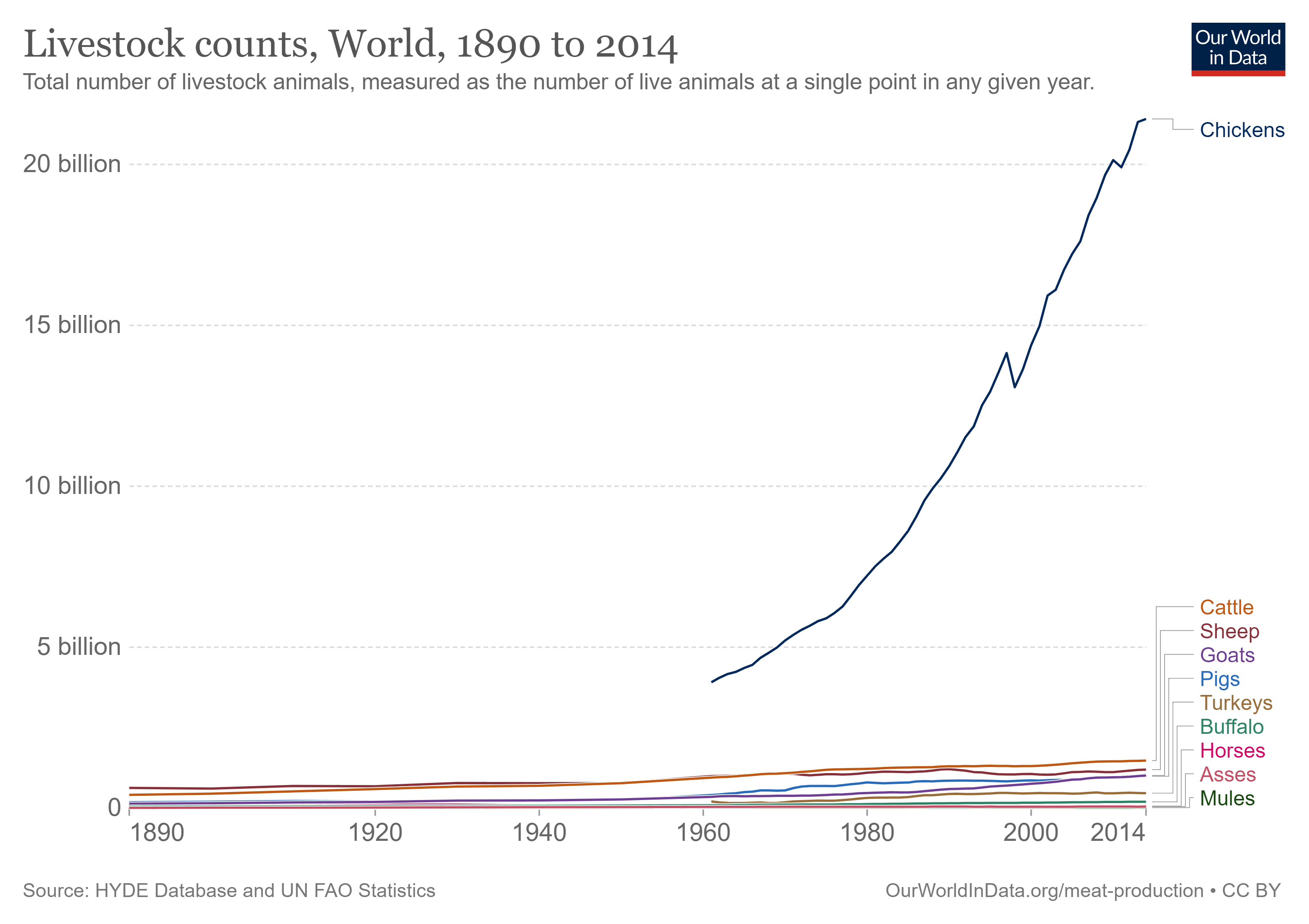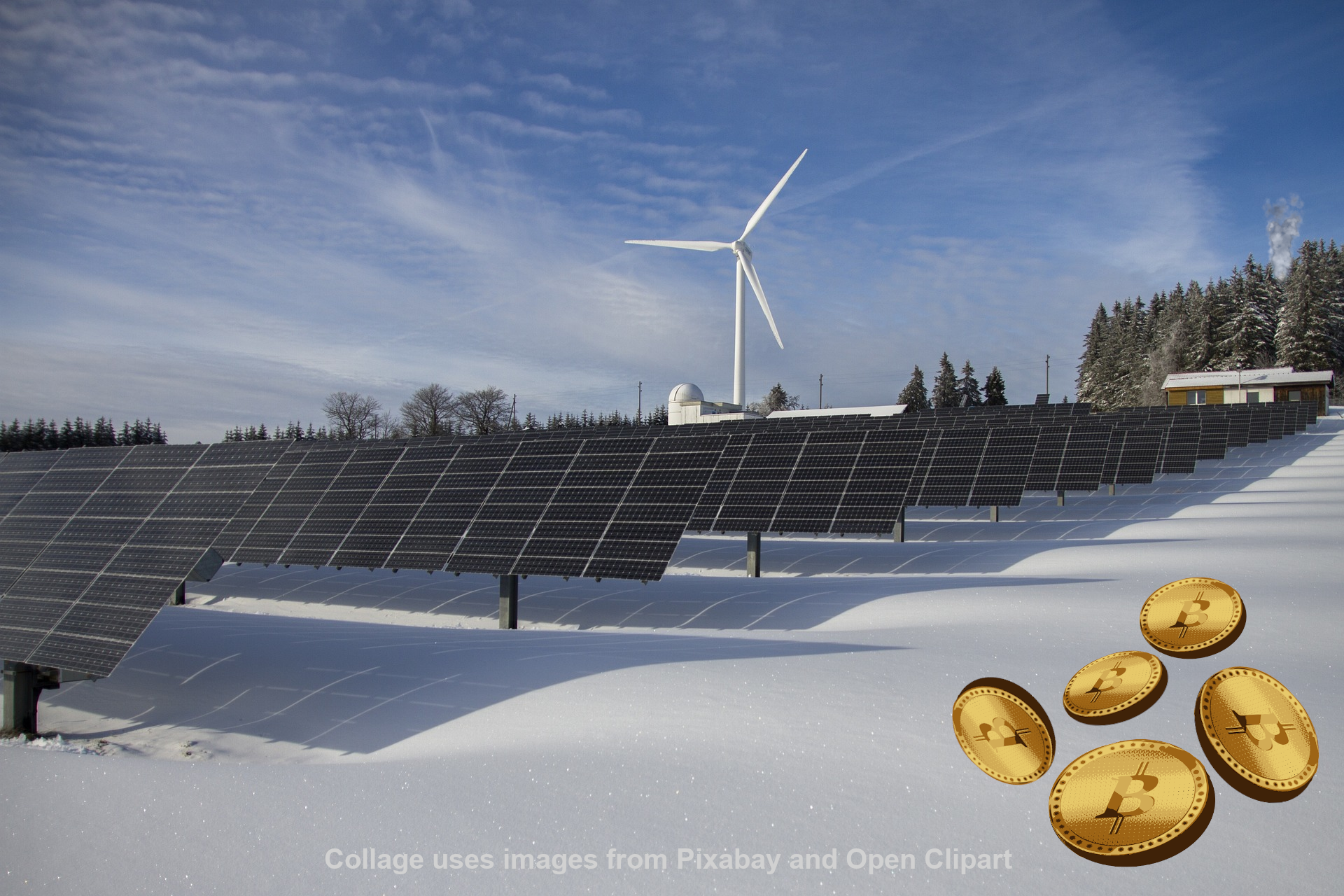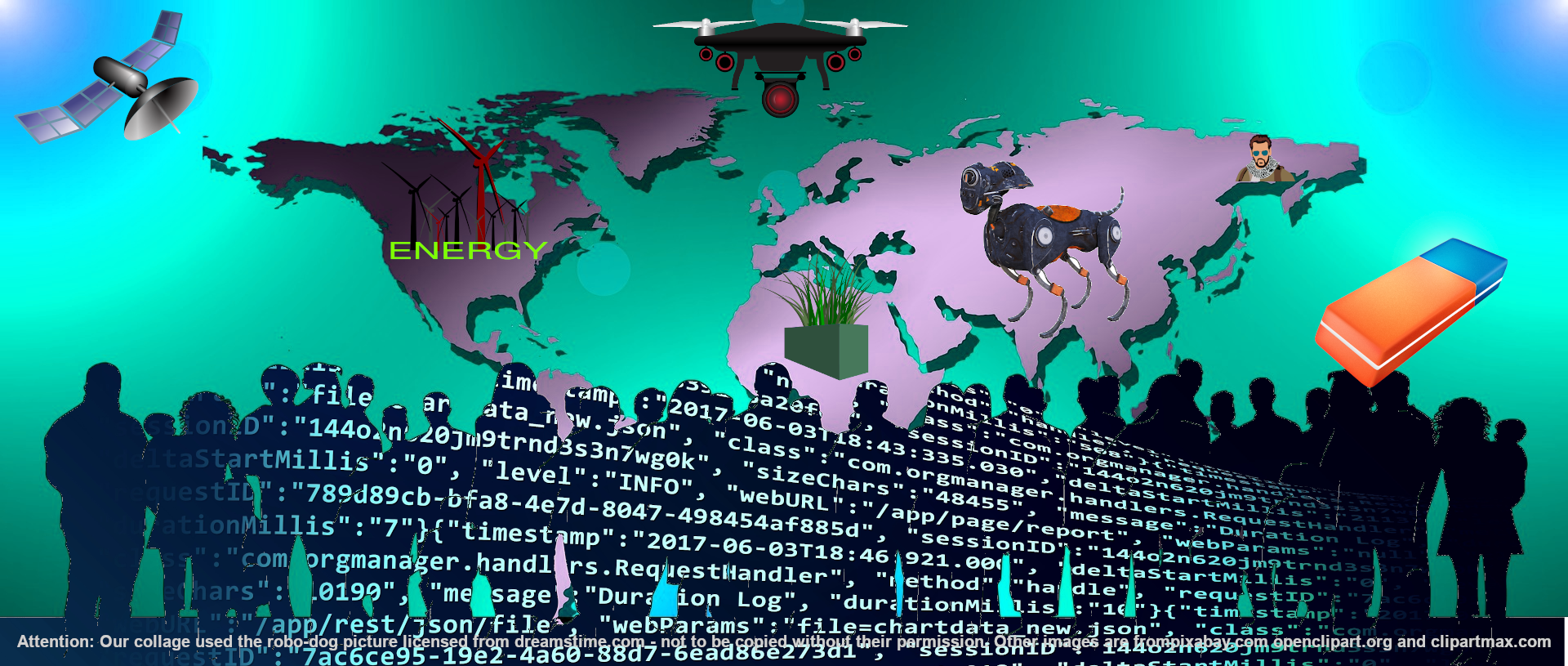In this series of posts, I decided to share my attempts to find an objective rationale of the currently heavily-promoted global policies. We will re-think a broad spectrum of those media-trendy topics together. This first episode ‘Big Shortage’ identifies the humankind’s actual major problem for today. This post is conceptual for opening minds to a critical thinking we will need in the next posts to follow.
Frankly, I do worry about my kids’ future. One thing I keep telling them is:
‘Don’t get zombified by TV news. It’s normal there to ask you a wrong question.
Then you are offered two wrong answers to that wrong question, to debate on and get you engaged emotionally.
The actual problem can lay at a higher level you don’t see.
Stick to the facts and think your own.’
Let’s attempt opening the Pandora’s box using raw facts only – the highest level unsolved problem of the humankind is:
Overpopulation Problem
Firstly introduced by Thomas Malthus in 1798, the effect of the exponential growth on the resources eventually conquered the minds globally since the 1972 Clube of Rome report ‘The Limits to Growth’. Their next report ‘The First Global Revolution’ in 1991 ‘analyses the problems of humanity, calling these collectively or in essence the “problematique”’ (Wikipedia quote).
What truly amazes me: how well all the mass media injections fit together, and in a specific historical sequence, similarly to some puzzle pieces if we looked at them from the above. Two mentioned ‘reports’ opened the lower level questions: climate change and post/trans-humanism ideas. But the whole puzzle is called overpopulation, in my view, and you are truly encouraged to criticize this.
Back to the topic: Having sworn to analyze facts, let’s glance at this infographics from the excellent open data platform Our World in Data:
 The pink rate curve slope reversal is what they call ‘demographic transition’. Arguably, it is ongoing since 1970s when the decrease in birth rate outpaced the decrease in death rate. The latter is explained by improvements in health care and by overally more prosperous living standards across the World after the WWII. But how do we explain the birthrate reversal? I can spot three reasons:
The pink rate curve slope reversal is what they call ‘demographic transition’. Arguably, it is ongoing since 1970s when the decrease in birth rate outpaced the decrease in death rate. The latter is explained by improvements in health care and by overally more prosperous living standards across the World after the WWII. But how do we explain the birthrate reversal? I can spot three reasons:
- Internal conscious and sub-conscious mental deviations of the population caused by either that said improved prosperity (e.g. no need to breed), or by an external influence of media and social egregors, or by a synergistic effect of these two factors.
- External context of life threatening conditions for some nations, such as: wars, famine, diseases, infertility, radiation or other physical effects.
- Any random and time-varying combination of the above.
I reckon, the probability of scenario 3 is higher than of the others. But notably, the above graph uses extrapolation in its right side. Thus, the future slope of the curves may not continue as shown, and this is where the only scenario 2 remains effective for combating overpopulation – either by God’s will, or by human’s will or by a Nature’s law.
Resource shortage
Now, let’s glance at the meat production dynamics:
Some simplistic maths follow straight away: 20B chickens + some 3B other edible animals = 23B meat species / 7.5B human species. That is approximately 3 average animals to be eaten by 1 average person per year 2014. Not enough, right? And the poverty and famine in Africa, Latin America and in some parts of Asia are naturally explained by this data.
Same technique can be applied to crops, vegetables, water, Kilowatt-hours. We could continue this list but rather keep it concise and move to the solution options:
Overpopulation Solutions
The overpopulation ‘solution’ we have just observed is the uneven distribution of living resources across people. Any other ‘solutions’ since recently? Yes, vegetarian propaganda, GMO and those ‘plant-based’ rissoles in grocery shops can also help. Although the vegetarian idea dates back to Krishna times, it didn’t have a global coverage those days.
Did you notice that our puzzle has a fractal character? The whole puzzle is overpopulation. It comprises distinct regions: Pollution, Shortage, Society transformation, Disasters, which in turn are composed of smaller puzzle pieces such as GMO, economy wars, Goal Zero and so on… These smaller pieces are options to affect the crisis, but to really solve it, I’m afraid, we can only have three gross strategies:

Option 1 – Nuclear Fusion
Historically earlier came the hope of nuclear synthesis. A very inspirational and comprehensive picture of its potential effects is available via external pdf article here. By the way, the Helium 3 isotope, mighty helpful for nuclear fusion, is believed to be well present on the Moon. And that may explain the ever continuing interest to the Moon colonization – we found yet another fractal piece of our big puzzle. But despite the billions (or trillions?) already spend on research over decades, this technology might have little perspectives of showing up economically viable in our lifetimes:
- Since plasma temperatures are involved in nuclear fusion, we can’t ‘cage’ this process within any realistic materials for a long time. Thus, we can only yield infinitely short pulses of such energy, which won’t pay off magnetizing those collider coils.
- More importantly, we have no clear ideas of the matter composition on the sub-atomic level. All those rainbow-colored quarks, gluons and those neutrinos passing through the Earth and leaving it from the other side – excuse me, but these sound like poorly told fairy tales. I share the view that physicists actually perform mechanical-like crushes of nuclei which produce debris: fragments of broken matter plus radiation. And their attempts to study the matter in this way are similar to smashing a torch in a hope to figure out the origins of light, for example.
Even the long banned concept of aether sounds as a more more logical alternative, in my opinion, as it can pave our way to a better understanding of sub-atomic structures. There are some modern works on this subject, conventionally labelled as a ‘pseudo-science’ though. In lieu of spending billions on colliders, would we rather invest millions in scientific dilettantes? – I find this question very interesting.

Option 2 – Renewables
The renewables we have (solar, wind, hydro) in the present scale are rather incapable of powering industries. Their major issue is the electricity storage and balancing energy supply, mostly because of the sporadic energy yield. Hydro is in a better position, but not every country possesses a waterfall. There was so much evidence of the renewables’ lack of efficiency over years – so that there is no need to repeat.
One thing commonly overlooked in mass media, though, is that we need oil and gas regardless (!). This is because we make plastics and chemicals from them. Let’s take them out and get back to caves? It will assist a de-population for sure.
Nevertheless, I feel like there might be a chance of building smarter renewables, using slightly different principles. An what holds us back is, perhaps, the century long laughing out and banning perpetual machines and other non-conventional ideas. Many scientific discoveries were made by a matter of chance and a personal ‘enlightening’. The main reason is the variability of brains – our brains are as different as fingerprints. Maintaining the variability and high living standards is, probably, our only hope to find the overpopulation solution at the right time… What else?

Option 3 – Inclusive society?
Quite ironically, but the humankind now has enough resources to sustain own growth and wellbeing even without further technological revolutions. The key is in a fair and rational allocation of funds and labor towards improving living standards of people and even – towards amending our environment.
That is turning rivers, yes, building towns for agriculture and cattle farms assisted by subsidies, machinery, etc. Look at Australia: a huge desert surrounded by some 20 million people living at the continent coal line only. What is this continent so much wasted for? How about those favelas in Brazil? Would be that too expensive to give them shovels and send building another ‘Hoover dam’ somewhere in Chile? Rather than spending energy on mining Bitcoins and crunching social ‘big data’, or spending money on stock speculations? While letting the others develop those nuclear fusion reactors and perpetual renewable energy machines in the meantime?
Now, the meaning of my pastoral art below: Keep digging! That golden shovel stands for the humankind actual labor towards making the environment better, rather than playing the virtual and prosthetic digitalization games (topic for a separate post). The Zeppelin stands for the useful technologies abandoned or banned by invalid of outdated motives, and for those dilettantes having enough imagination for discoveries. And the coal power plant on the horizon stands for the already existing useful technologies not to be demolished by imaginary or malicious commercial reasons (good time to remember the Ozone Hole Freon banning scandal, as well as the current ‘de-commissioning’ initiatives). Dou you see more and more fractal puzzles coming in? It happens just organically.

Concluding Remarks
The Big Shortage today is the lack of individual thinking freedom. And the lack of control over existing resources in favor of the global population. The transition is not about reducing emissions, it’s about generating those emissions for a sensible reason, for added quality benefits. That implies coordinating resources across the globe. Sounds like an ‘inclusive economy’? Perhaps, but we should focus on not converting the World into a global prison along this way. What clearly doesn’t match this utopia picture are the digitalization pre-religion and the ‘green’ money making policies.
Next post will likely be about the 5th Industrial Revolution, followed possibly by another digitalization post. For more explanations on any of the above side topics, please communicate your interest by any means (likes, feedback, messaging). I also need your reaction to keep posting. You are very welcome to drop me few lines privately via this contact form as well.